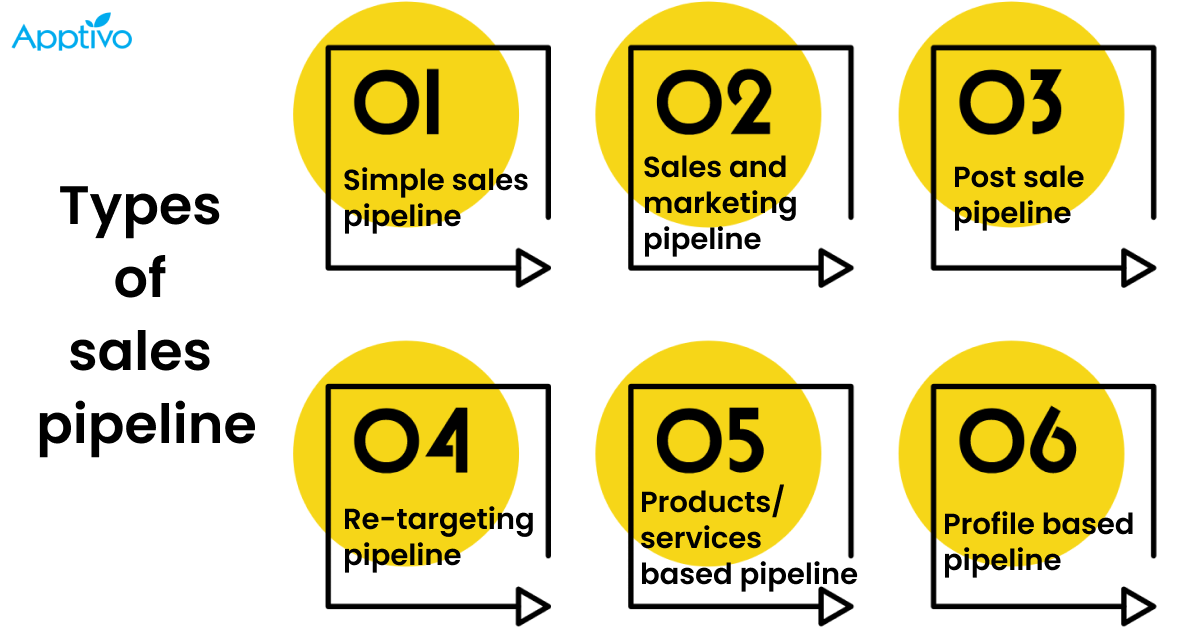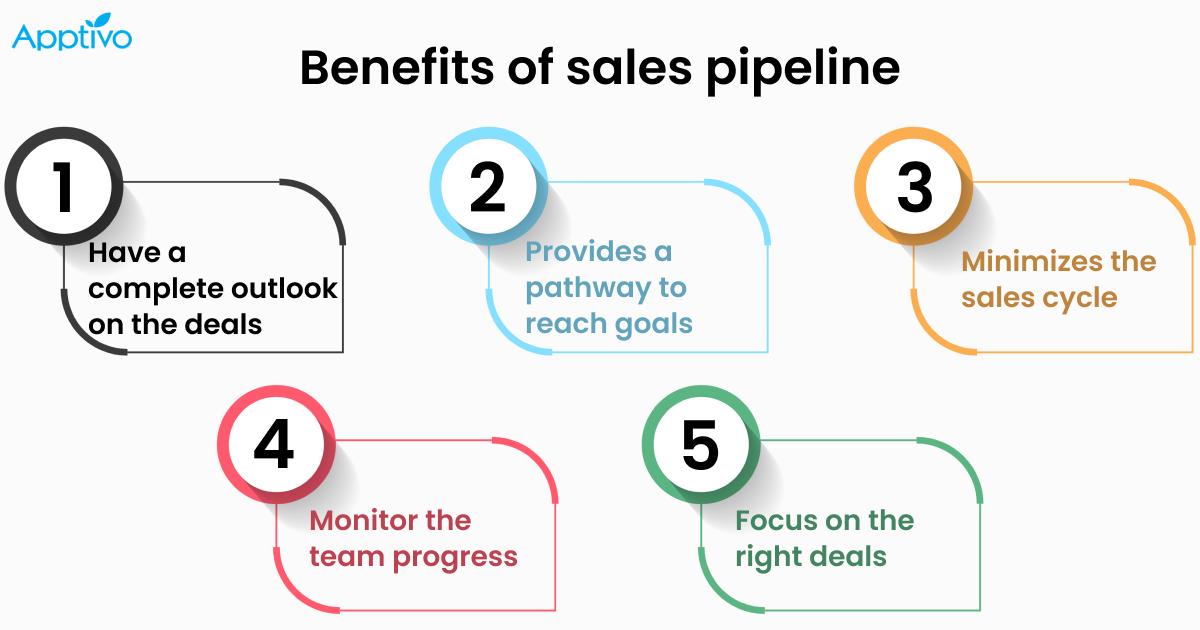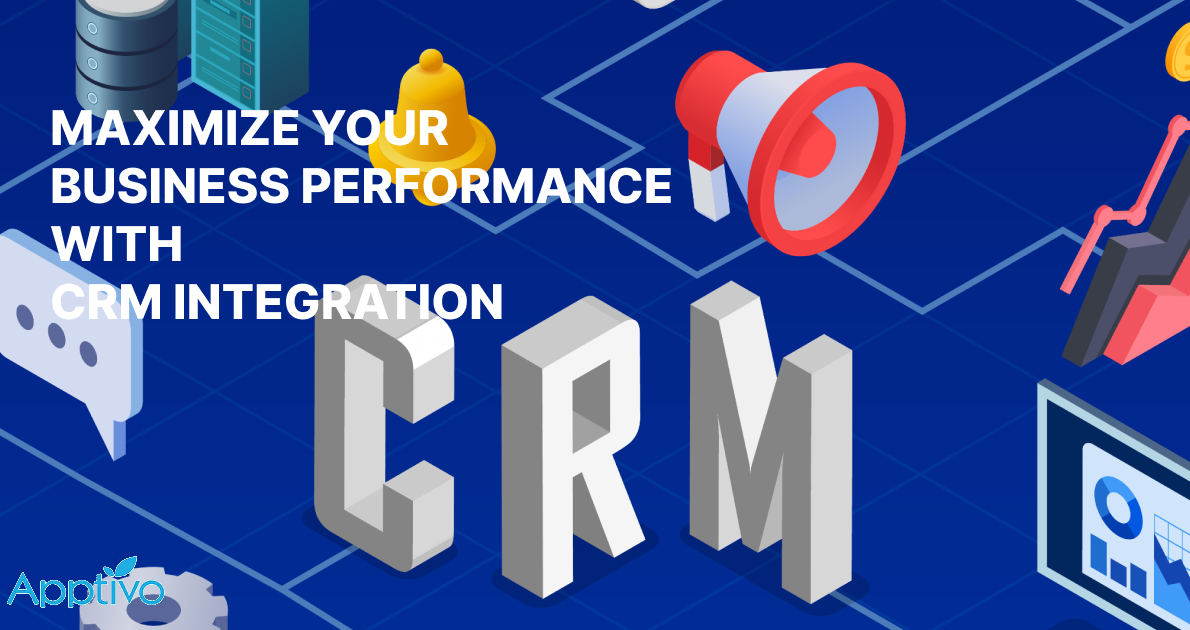 |
INTRODUCTION
The sales pipeline is the representation of your prospects along the funnel. You can have a complete outlook on the sales stages and how the opportunities go through each sales stage. The sales pipeline gives you a comprehensive understanding of which sales rep is working on that particular sales opportunity, how many deals are closed, why you lost or win an opportunity, and much other sales-related information which will help you make data-driven decisions in order to expedite your sales in an outstanding manner.
What is a sales pipeline?
A sales pipeline is a visual presentation of where the prospects are in the sales process. You will have complete knowledge of how many deals are closing this week or by the end of the month and how the sales rep is achieving their sales quotas. The sales pipeline outlines the complete history of each sales stage which will enhance your sales process and maintain the sales health of the organization.
Usually, the sales pipeline contains the following information,
1.The total number of deals in your sales pipeline.
2.The size and stage of each deal.
3.The weighted value of each deal.
Types of sales pipeline
There are different types of sales pipelines that are available. You can choose the types based on what your business offers and how the selling occurs. A sales pipeline is a valuable tool that helps your business and sales team to close deals and increase the conversion rate at a faster pace. Listed below are the six basic types of sales pipelines.
 |
1.Simple sales pipeline
This is the basic type of visual snapshot that represents the pipeline stages such as prospecting, qualification, meeting, follow-up, and closing. You can carry out the entire sales cycle from the beginning to the end with no hassles. The complete data on the prospect information is shown as per each sales stage.
2.Sales and Marketing Pipeline
Most pipelines are used mainly by the sales team to effectively manage and gather insights from the sales cycle. Sales pipelines are also used by marketing in order to manage the lead information, you can include stages that begin with lead generation and have a list of inbound and outbound leads generated through marketing campaigns. You can automate your sales and marketing activities by sending leads from your marketing tools directly into the pipeline. This ensures efficient management of lead information.
3.Post-sale pipeline
Your work doesn’t end once the deal is closed. Based on your business, you will need a post-sale pipeline that will include all the sales-related data even after the deal is closed. Usually, the post-sales pipeline contains information such as designing a product, delivering a service, asking for referrals, and providing training information.
4.Re-targeting pipeline
When you miss the leads, or you lose the contacts you need to put those in the re-targeting pipeline. This pipeline contains stages in order to re-target the leads with consistent follow-ups.
5.Product/service-based sales pipeline
Based on what your business sells, your pipeline can contain either your product-related information or services-related information. Many companies create multiple sales stages based on their selling methods for different products and services.
6.Profile based sales pipeline
If you have different customer profiles, you will definitely need a profile based pipeline that will help you sell much better to that segment of target customers. You can create different pipelines for different profiles, which will make your selling process much easier and efficient.
How does the sales pipeline benefit the sales team?
With a good developed pipeline in your CRM system, you will definitely reap the following benefits for your sales team and for your business.
 |
1.Have a complete outlook on the deals
A visual pipeline will allow you to have a clear overview on the deals that are in the pipeline, you can know exactly at which stage you are currently in and how close you are in completing the deals. This will help your teams to strategize their sales efforts in order to achieve the sales goals. You can also review the sales pipeline often in order to minimize the pitfalls and increase the sales numbers.
2.Provides a pathway to reach goals
The sales pipeline shows exactly the entire sales history and you don’t have to sit and guess whether you will achieve the sales quotas this month or not. You will clearly have an understanding of the prospect information, whether they are qualifying and how long it will take to convert them.
3.Minimizes the sales cycle
You needn’t do anything much to push the deal forward. With sales pipeline you will have a clear sequencing of the sales cycle. The sales team will know what to do, when to do and in which order to go through the cycle. All your actions and plans can be charted out with the help of the pipelines. Thus, you can minimize the sales cycle and increase your sales numbers exponentially.
4.Monitor the team progress
A sales pipeline will help you monitor how the sales team is working towards achieving the goals. It will help in rendering relevant training or encouraging the team to move the deals forward. You can truly know how the reps perform in accordance to hitting their sales numbers.
5.Focus on the right deals
With the information that you view on the CRM pipeline, you will have a clear idea of which deals are more valuable, which ones will be lost and which deals are likely to close. When you know to manage the sales pipeline effectively, you will be able to concentrate on the right deals.
Conclusion
An effective sales pipeline will help you differentiate between the active leads and the dead leads. You can effectively plan and manage your sales efforts based on the insights gathered from the pipeline. With an effective CRM that provides an efficient sales pipeline view, will help you expedite your sales in an impeccable manner.
FAQs
There are usually 7 stages in a sales pipeline. The stages include prospecting, lead qualification, meeting prospects, making a proposal, negotiation, closing the deal and post-purchase.
A sales pipeline provides a visual snapshot of the sales process which helps the sales team to manage their sales in an effective fashion. Tracking every sales opportunity at each stage is vital to leverage success in the sales process.
Sales pipeline analysis helps you measure the stages in the pipeline. You can analyze and gather insights in order to devise your sales strategies. You can measure the metrics such as the number of deals, size & value of deals, close ratio and the sales velocity.
Latest Blogs

Apptivo's Integration with Amazon SES for Outgoing Email Server
Amazon Simple Email Service (SES) is an email platform that provides an easy, cost-effective way to send and receive email using your email addresses and domains. Apptivo has migrated its email service to Amazon SES (Simple Email Service) to enhance the performance and reliability of our email services
Read more →
EXPLORING MULTI CHANNEL CUSTOMER SUPPORT SOFTWARE
1.What is customer service software? 2
Read more →
Maximize your business performance with seamless CRM Integration
1.What is CRM Integration? 2
Read more →
